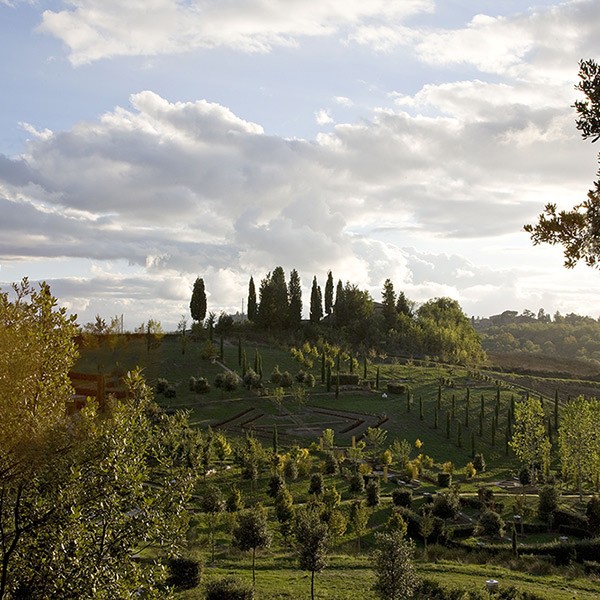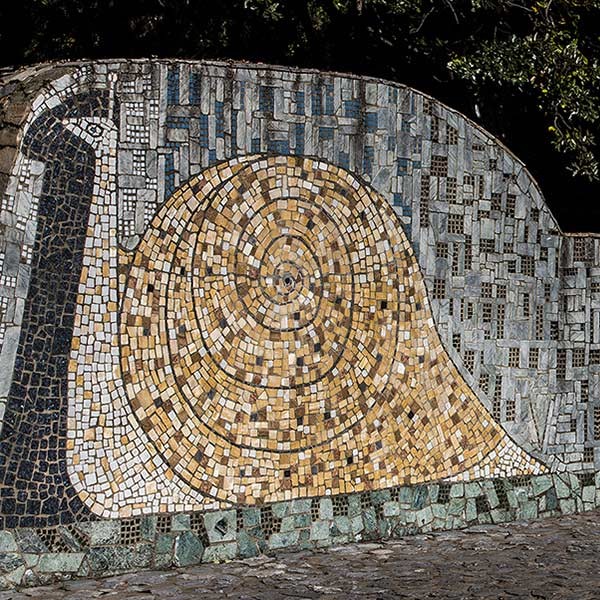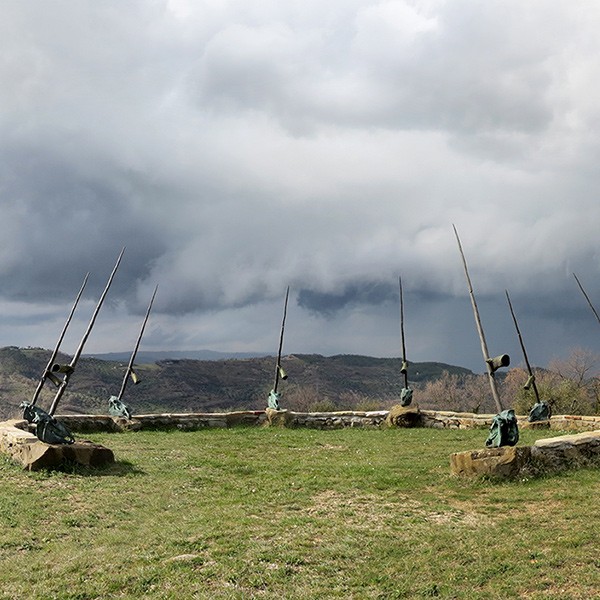Not by chance are some of the most important works and art collections from the landscape of all Italy, created in the second half of the 20th century and acknowledged as international benchmarks concentrated in Tuscany. Here is a unique architectural landscape, amidst slopes cut to perfection, crops which accentuate the outlines, with almost sculpted plant shapes, a landscape which has forever had an incomparable attraction in the eyes of the artists. Since the 50s, that is to say since the creation of the Park of Pinocchio, where architects and artists brought the tale to life, many have tried their hand at blending works into the landscape. Nowadays, Tuscany is scattered with artistic works en plein air.
We are seeing a true rebirth of the landscape, fruit of generous gestures, capable of re-qualifying and sensitively interpreting the territory, of continuing the cultural vocation of these lands, which are returning to being an experimental laboratory under the scrutiny of the world.
Each intervention has its own story and peculiarities, but some stand out as founders of so-called environmental art: the Art Spaces of Celle from the 80s are based on an absolute synergy between art and the landscape, fruit of a pioneering intuition of the collector, Giuliano Gori. This leads to the major projects based on the relationship between the landscape and the town, such as Affinità Elettive and Arte all’Arte or to agricultural production, such as the Castello di Ama, all in the area around Siena.
Other parks have arisen in the heart of Tuscany in recent years, as though it were a regional district which irradiates from the main model of the Art Spaces of Celle: from Poggio Valicaia to Scandicci, to the Parco della Padula in Carrara, from Villa Magia to Quarrata, to the Castello di Santa Maria Novella near Certaldo and the Chianti Sculpture Park, to name but a few.
The artists’ parks are concentrated in southern Tuscany. Between the 80s and 90s, this area saw the creation of the Giardino dei Tarocchi by Niki de Saint Phalle along the Tyrrhenian coast and the Garden of Daniel Spoerri on the slopes of Mount Amiata.
Walking along the paths in these parks is like immersing yourself in a complete, living work of art, an intriguing and magical feeling of temporal disorientation in an unpolluted environment, which has since welcomed the Garden of Sounds by Paul Fuchs and the Giardino di Non Ritorno [Garden of No return] of Rodolfo Lacquaniti (created after the year 2000), which make the province of Grosseto specialise in environmental art.



